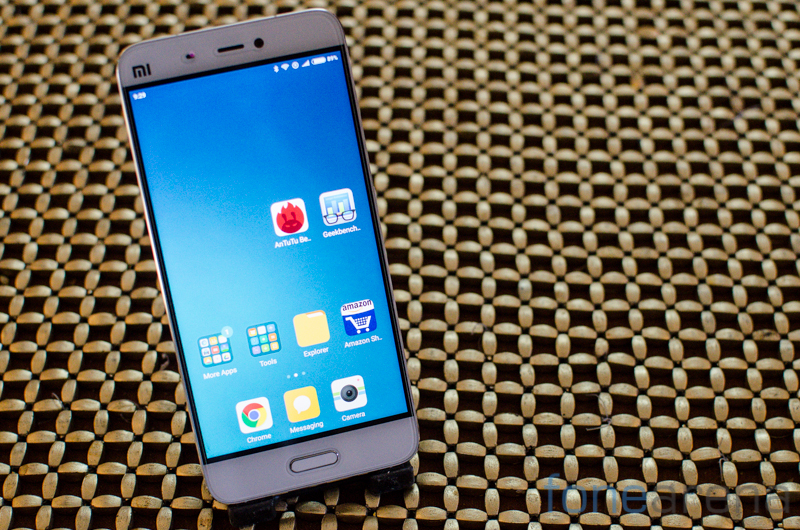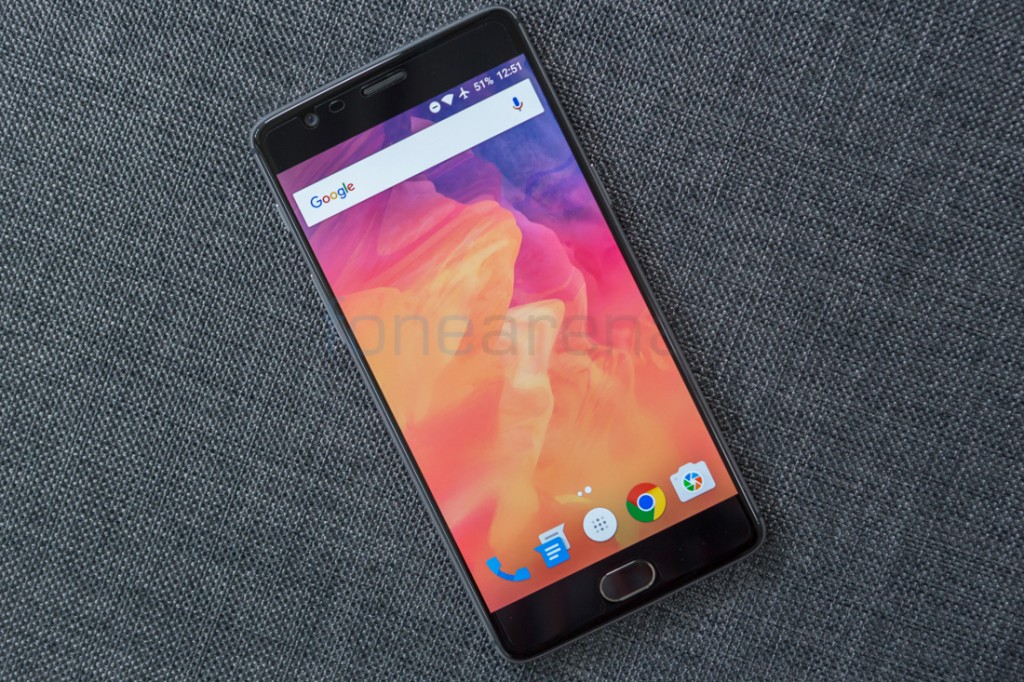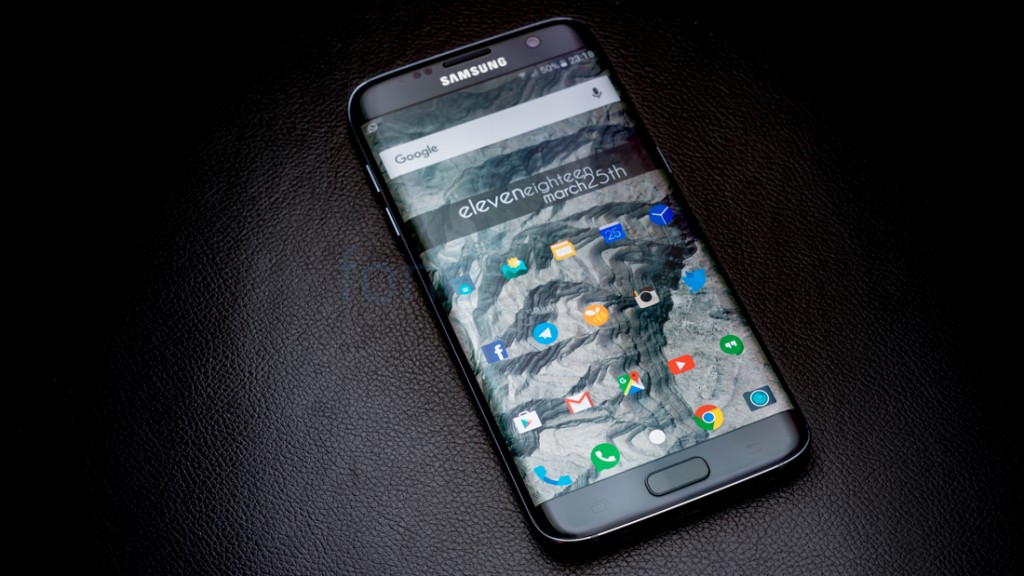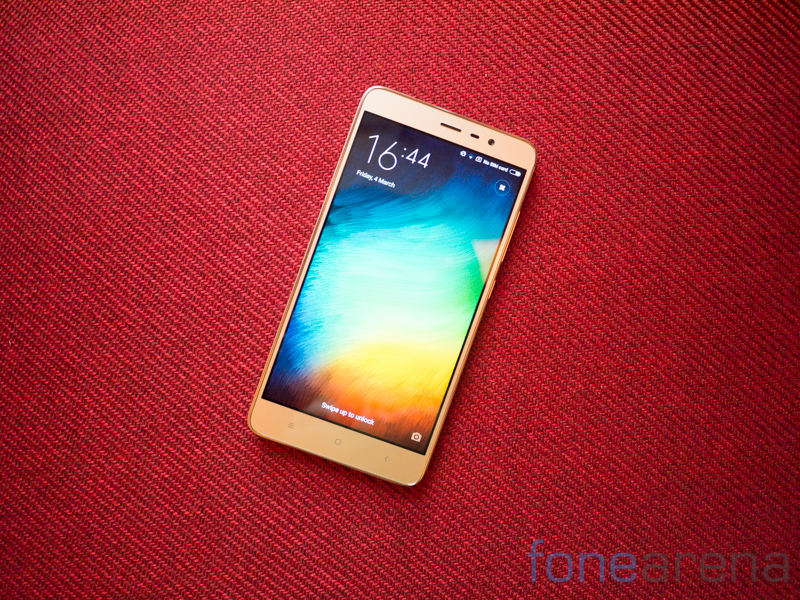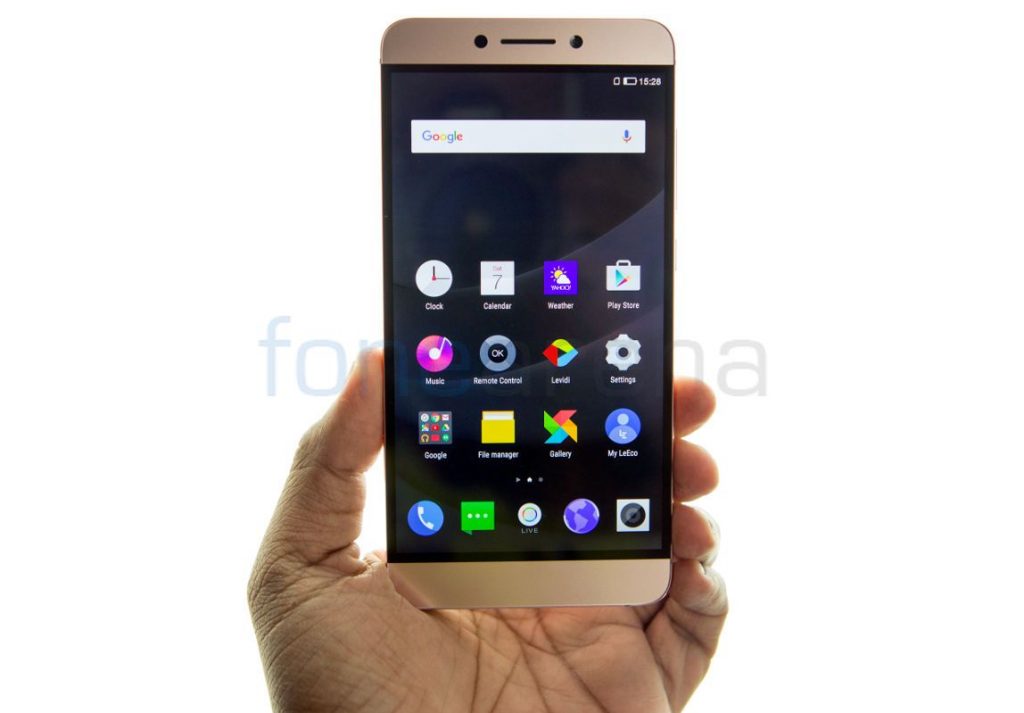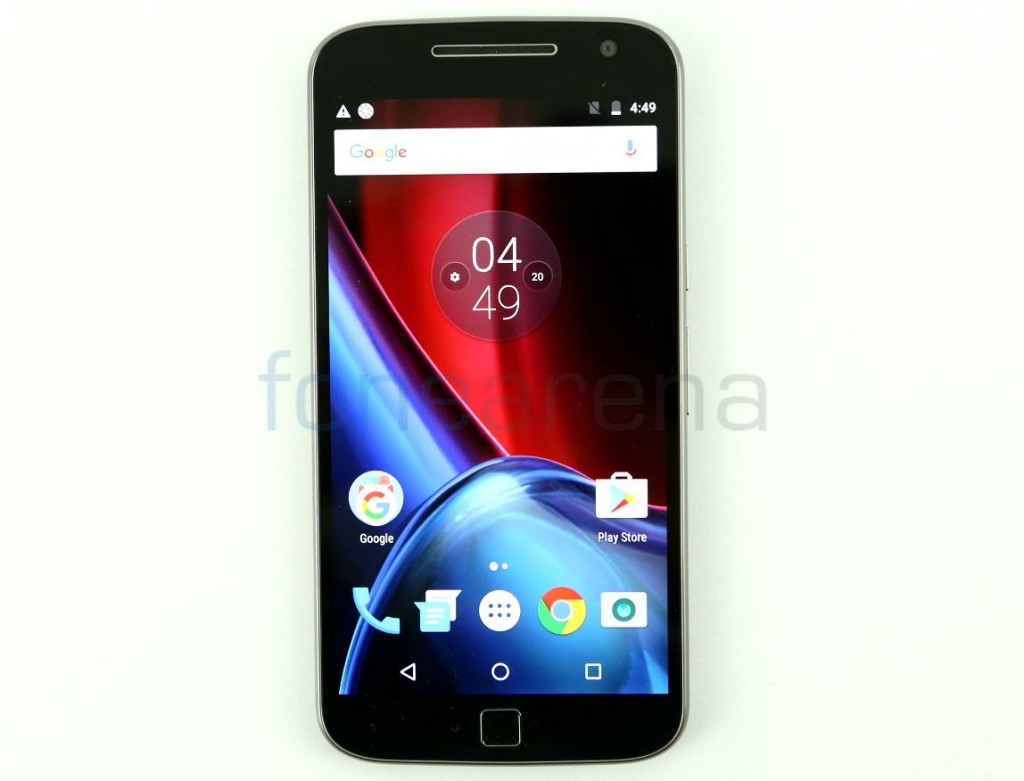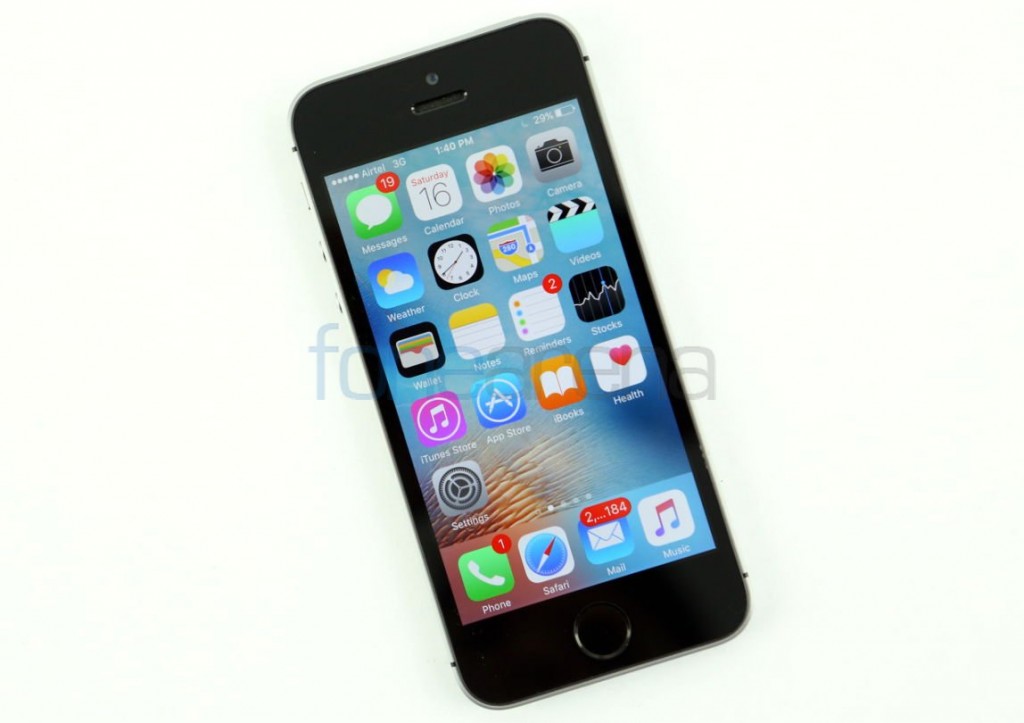LTE or 4G LTE as it is most commonly referred to and brings about a lot of improvements in terms of speed and efficiency compared to 2G or 3G standards. However, one of the features that hasn’t yet received proper recognition yet is VoLTE.
VoLTE basically means Voice over LTE and it has upto 3x the data and voice capacity of a conventional 3G connection and upto 6x that of a 2G connection. As a result, the call quality and volume is vastly improved as well as being able to connect to the party at the other end much faster than other connections.
As of now, Reliance’s Jio network is the only one that offers VoLTE on their networks in India. But in order to fully utilise it, you need a VoLTE enabled handset as well. Let us take a look at some of the best smartphones available in India at the moment that support VoLTE. Note that these smartphones aren’t sorted in any particular order. All Reliance LYF handsets support VoLTE and as a result, we haven’t included them in this list.
Relaince Jio network makes use of 3 network bands namely – Band 5 (850 MHz), Band 3 (1800 MHz) and Band 40 (2300 MHz). Band 40 is currently pan India while the other two bands are available in two circles but will expand slowly. It is advised that the 4G LTE phone you are buying supports at least 2 or more of the above mentioned bands. The phones listed below support all three bands required for Jio’s network.
Xiaomi Mi 5
- What’s Good : The Xiaomi Mi 5 is one of the first Snapdragon 820 powered devices and comes in three different variants. In India, consumers get the 32GB version with 3GB of RAM. The smartphone has a really compact and light body with minimal bezels thats easy to handle especially with the curved glass back. The 5.15″ IPS display has Corning Gorilla Glass 4 for protection and comes pre-loaded with Android Marhsmallow 6.0 out of the box.
- Additionally, it uses a USB Type-C port and comes with Qualcomm Quick Charging 3.0 that promises a speedy 83% charge in 30 minutes. The main 16 Megapixel camera is quite capable as it offers plenty of detailing and videos are great too thanks to 4 axis stabilisation.
- What’s Bad : The smartphone lacks an expansion slot for memory and currently, only the 32GB variant is available in India. The RAM too is on the lesser side for a 2016 flagship since it has just 3GB of RAM while most competitors come with 4GB or even 6GB of RAM.
- Cost : The Mi 5 will set you back Rs 24,999 for the 32GB/3GB RAM variant with Snapdragon 820 on-board.
OnePlus 3
- What’s Good : The OnePlus 3 has one of the fastest fingerprint sensors on the market at the moment and that is including iPhones. The performance too is top notch thanks to 6GB of RAM and Snapdragon 820 processor. The USB Type-C charging speeds are also quite good thanks to the Dash Charge technology that can charge the phone by 60% in 30 minutes. Dash Charge technology also makes sure that the phone doesn’t overheat since the power management is handled by the chargers itself.
- What’s Bad : There’s barely any real negatives for the OnePlus 3. However, if we were picky, the battery capacity of 3000 mAh may seem a tad bit less especially for heavy users of smartphones. However, consolation comes in the form of Dash Charge.
- Cost : The OnePlus 3 comes in a Graphite colour with 64GB of on-board storage at a price of Rs 27,999. There will be a Soft Gold version too coming out later.
Samsung Galaxy S7/S7 Edge
- What’s Good : The Samsung Galaxy S7 and S7 Edge build on the strong points of the previous generation S6 smartphones. The battery life has been improved thanks to better optimisation and larger battery capacities 3000 mAh and 3600 mAh for the S7 and S7 Edge respectively. The smartphones have one of the best displays on any phone on the market and performance is really good too. Samsung opted for a lower resolution main camera but that has improved the low light performance along with a wider f1.7 aperture and 1.4 micro pixel size. Samsung have also brought back microSD card slot via the Hybrid DualSIM card slot and also waterproofing in the form of an IP68 rating. This time around, users don’t need to cover the USB port either.
- What’s Bad : The S7 duo is one of the best all round handsets on the market at the moment but if we were to be picky, the microUSB port on the phone is a bit dated. Since USB Type-C is the way of the future, would’ve been a nice thing to have.
- Cost : The Galaxy S7 costs Rs 48,900 while the larger S7 Edge costs Rs 56,900. The devices are available in Gold, Silver and Black variants.
Xiaomi Redmi Note 3
- What’s Good : The Redmi Note 3 is one of the best value for money smartphones in the price segment thanks to the great battery life (4000 mAh), powerful performance (Snapdragon 650) and fingerprint sensor. The smartphone can also take microSD cards for expansion thanks to the Hybrid Dual-SIM card slot.
- What’s Bad : The Redmi Note 3 was released towards the end of Q1 2016 however, it still comes pre-loaded with Android Lollipop 5.1.1 instead of Marshmallow 6.0. The update to Marshmallow is still not out even though Google has already announced the next version which is Android Nougat 7.0.
- Cost : The Redmi Note 3 is available in two variants – 16GB with 2GB RAM at Rs 9,999 and 32GB with 3GB RAM at Rs 11,999. There are three colour options to choose from – Black, Silver and Gold.
LeEco Le Max 2
- What’s Good : The Le Max 2 was launched as the first smartphone in India to come with 6GB of RAM. Even though the OnePlus 3 was the first smartphone to be available for purchase with said amount of RAM in India, the Le Max 2 is still a really powerful piece of hardware. The large 5.7″ 1440p display is ideal for multimedia enthusiasts and the 21 Megapixel camera takes some really detailed shots. Performance is really good thanks to the Snapdragon 820 processor.
- What’s Bad : The lack of a dedicated 3.5mm audio jack might not sound like much of a deal-breaker when LeEco advertises higher quality CDLA standard over the USB Type-C port. However, the lack of a dedicated port means that the Le Max 2 cannot be used with earphones or headphones when the device is being charged or vice-versa and that could be a deal-breaker for some.
- Cost : The Le Max 2 is available in 4GB/32GB and 6GB/64GB variants priced at Rs 22,999 and Rs 29,999 respectively.
LeEco Le 2
- What’s Good : The LeEco Le 2 has a large 5.5″ 1080p display that is great for content consumption. There’s a fingerprint sensor at the back along with 16 Megapixel f2.0 camera. The device is powered by a powerful Snapdragon 652 chipset along with 3GB of RAM and 32GB of on-board storage. There’s a 3000 mAh battery under the hood that supports Qualcomm Quick Charge 2.0 which charges the battery by 50% in 30 minutes.
- What’s Bad :The lack of a dedicated 3.5mm audio jack might not sound like much of a deal-breaker when LeEco advertises higher quality CDLA standard over the USB Type-C port. However, the lack of a dedicated port means that the Le 2 cannot be used with earphones or headphones when the device is being charged or vice-versa and that could be a deal-breaker for some.
- Cost : The Le 2 costs Rs 11,999 and is available in a Rose Gold colour variant.
Xiaomi Mi Max
- What’s Good : The Mi Max is probably the perfect device for those who love entertainment and gaming on the go. The huge 6.44″ display is also great for browsing as well as texting and you can be sure that the phone will last you a long time thanks to the massive 4850 mAh battery under the hood. The top end variant even comes with a massive 128GB storage capacity for under 20k rupees.
- What’s Bad : The camera on the Mi max is a 16 Megapixel unit however, the quality of images aren’t really that impressive. The other downside is possibly the large size but that is expected for almost any device with such a massive display.
- Cost : The Mi Max with 3GB RAM and 32GB of memory will cost you Rs 14,999 while the 4GB RAM variant with 128GB of memory will cost you Rs 19,999.
Moto G4 Plus
- What’s Good : The Moto G4 Plus brings a fingerprint sensor to the table compared to the 3rd gen Moto G device and also has a water-repellent nano coating. It supports Turbo Charging and comes with a DualSIM Card slot as well as a dedicated microSD card slot that takes cards upto 256GB in capacity.
- What’s Bad : The Snapdragon 617 processor is a bit dated especially compared to counterparts such as the LeEco Le 2 and Xiaomi Redmi Note 3. Also, we aren’t really big fans of the design as such and it is bad to see that Moto removed the waterproofing ability that was present in the previous gen.
- Cost : The Moto G4 Plus is available in 16GB/2GB and 32GB/3GB variants at Rs 13,499 and Rs 14,999 respectively. It is also available in two colours – White and Black.
Apple iPhone SE
- What’s Good : The iPhone SE is probably the only smartphone on this list that can be considered small enough to be suitable for several users. The SE also runs on iOS which many people sought after. The iPhone SE combines the powerful internals of the iPhone 6S into a compact body. The battery life is also pretty good and users get an additional Rose Gold colour compared to the iPhone 5S which only came in Gold, Space Gray and Silver.
- What’s Bad : The iPhone SE has a low resolution front camera with just 1.2 Megapixel resolution and it also uses a last gen fingerprint scanner compared to the one found on the iPhone 6s/6s Plus. It also lacks 3D Touch of the 6s and 6s Plus.
- Cost : The 16GB iPhone SE will set you back around Rs 34,000 and the 64GB iPhone SE will set you back around Rs 45,000.
- Note – iPhone SE Model A1723 is the one that supports all 3 Bands.


